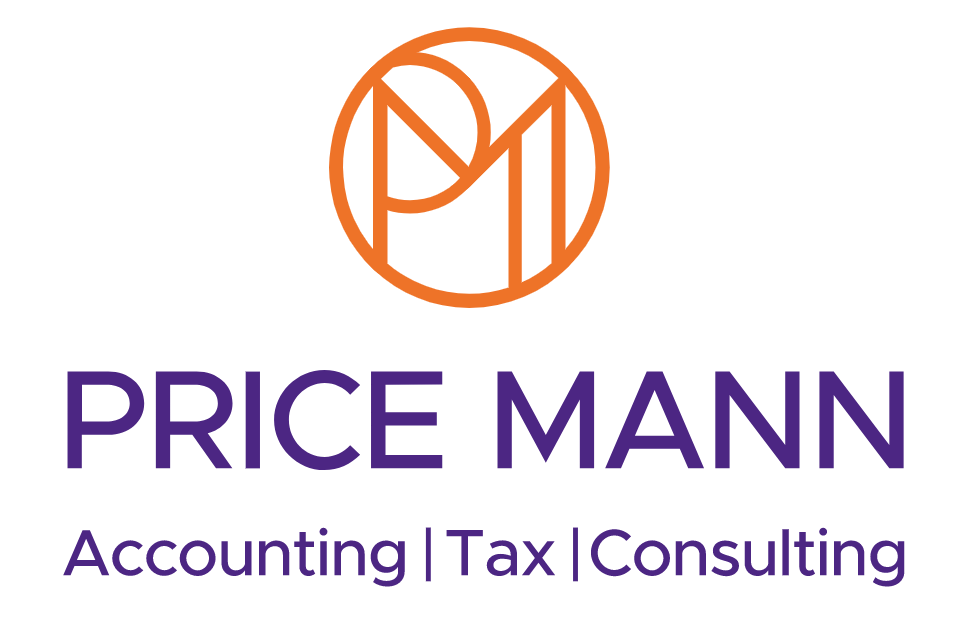The best lifetime tips for IHT
The best lifetime tips for IHT
Contrary to popular belief, IHT is not a death tax; it is a gift tax. Levied on the occasion of a bounteous transfer of value, IHT charges arise on the occasion of a gift, in either lifetime or at death. Because the occasion at which we gift the most is on our death – when we gift every single asset we have! – IHT is associated with death. This means that lifetime transfers are often ignored, but these gifts are an incredibly useful and efficient planning tool to reduce IHT on the taxpayer’s death estate. So, what are the best lifetime gifting tips?
Use the annual exemption (AE)
Every individual subject to IHT is entitled to an AE of £3,000 a year. This is to be used on a strict chronological basis, which means that the first gift of the year will employ the AE in priority and if there is any left over, this will be allocated to the gifts made second, third and so on.
Example
For example, a gift of £2,000 on 8 April will use £2,000 of the AE. If a gift of £10,000 was made on 5 May, this will be entitled to the remaining £1,000. There is no option to delay the use of the AE from the 8 April gift to the later 5 May gift; it must be used in strict chronological order.
This rule can impact the order in which the taxpayer should make the gifts. Chargeable lifetime transfers (CLTs) are always chargeable to IHT; either at 0% if falling within the nil rate band (NRB) of £325,000 or at 20% for those amounts over the NRB. Potentially exempt transfers (PETs) on the other hand, may or may not end up being charged to IHT depending on the length of time the donor survives after the gift. It would be a better use of the AE, to allocate it against the gift that will definitely be charged to IHT rather than one that will potentially be charged to IHT.
To this end, taxpayers are advised to make CLTs earlier in the year before they make PETs. This ensures the AE is allocated against the CLT and not the later PET. Not only do taxpayers have the AE for the tax year in which they make the gift, but they are also able to use the prior year’s AE if unused. Therefore, if the taxpayer has not used the previous year’s AE, it can be carried forward and used in the current year. There are, however, restrictions on this. The carried forward AE can only be used once the current year’s AE has been already completely exhausted. There is a risk that it is, as a result, the previous year’s AE becomes wasted.
Example
For example, a gift of £4,000 was made on 7 July. No gifts had been made in the previous year. Although the taxpayer had a £3,000 AE that they could carry forward to the current year from the prior year, as the current year’s AE must be used in priority, this will reduce the gift to £1,000, leaving only £1,000 of the prior year’s AE able to be used. £2,000 of the prior year’s AE will therefore be wasted. AEs seem like a small amount at £3,000, but if a couple ensure that they utilise their AEs every year over their working life (say 45 years) a total of £270,000 could be gifted equating to a saving of IHT (should this amount instead be in their death estates) of £108,000.
Use the nil rate band (NRB)
The NRB is £325,000 and is refreshed every seven years. This means that transfers of up to £331,000 (depending on whether the AEs have been used or not) can be made every seven years. This may equate to settling assets into a trust for children or grandchildren or outright cash or asset gifting. Over seven years a couple could in that same 45-year period in theory gift over £4m. Although this will save IHT in their death estate, IHT will continue to accrue if the gift was to a trust. However, this is at a maximum of 6%, and as the trust has its own NRB, it is likely to be less than this.
Use Potentially Exempt Transfers (PETs)
PETs are a fabulous way of saving IHT for young and healthy taxpayers, because as long as the donor survives for three years, the 40% IHT will either be discounted with taper relief, or completely exempted.
Taper relief starts three years after the gift and reduces the IHT charge by 20% a year meaning that for years three to four, four to five, five to six, and six to seven the charge reduces to 32%, 24%, 16% and 8% respectively. Of course, the donor surviving seven years will cause the PET to convert into an exempt transfer.
The other advantage of lifetime gifting through PETs, is that even if the donor does not survive the requisite period, the eventual IHT charge on the failed PET is based on the value of the asset at the time of the gift.
For example, land pregnant with a development gain due to planning permission is a perfect asset ripe for lifetime gifting. As long as the permission is not received before the gift, the value should be significantly lower at the time of the gift than it will be at the time of the death. Any charge for the failed PET, even if the death of the donor occurs in the three years following death when there is no taper relief, will be based on the lower value. If the land had been kept until the death without being given away as a PET, the IHT charge in the death estate would have been 40% of the market value at the time of the death which would be an augmented value due to the planning.
Other benefits to remember
An article about lifetime gifting would not be complete without discussing the other benefits of inter vivos transfers. If gifts are kept to £250 or under, the gift is classified as a ‘small gift’ and is exempt from IHT. Care must be taken, however, to ensure that the gift is actually valued at £250 or less as transfers for IHT purposes are valued differently to those for other taxes. Property transferred for IHT purposes is valued at the loss to the donor, which may be in some cases significantly more than market value.
Example
For example, a gift was made of one bottle of red wine. Alone, this bottle retails at £200. However, an intact case of six bottles retails at £1,400. If the case is opened, and one bottle gifted out of it, the IHT transfer value of the bottle is not £200. We need to consider the reduction of the donor’s estate. Before the gift, the donor had a case of wine worth £1,400. After, the donor simply had five bottles of wine with a market value of £200 each, totalling £1,000. The loss to the donor as a result of the gift was therefore £400, not £200.
If the donor in the example above was hoping to rely on the small gifts’ exemption, they would be unable to. Even if the transfer was valued at £1 over £250, the whole gift would be a PET and not an exempt small gift. There is also the opportunity to reduce the estate in lifetime through the normal gifts out of income route. The ‘normal’ part of this exemption is that the gifts are regular, predictable and follow a settled pattern.
They don’t necessarily have to be for precisely the same amount or gifted on precisely the same day or even to the same person. A class of beneficiaries is also acceptable for a normal gift out of income. For example, a grandparent could gift a similar sum at a similar time to one of their grandchildren every year. It does not need to go to the same grandchild. The ‘income’ part of the requirement ensures that the funding for the gift is not taken from the taxpayer’s capital. The income nature of the gift can be proven, by ensuring the taxpayer has enough funds after the regular gift to support themselves in the method to which they are accustomed. Lifetime gifts on the consideration of a marriage or civil partnership are also available to be offset by exemptions. These differ depending on the relationship of the donor to the donee. Children or grandchildren of the donor can receive £5,000 and £2,500 IHT-free respectively. A future spouse or civil partner may be gifted £2,500 and for anyone else the exempt amount is £1,000.
Finally, maintenance of family can be free of IHT. The three categories of this valuable relief include firstly the maintenance of spouses or civil partners. Although this is usually superseded by the spousal IHT exemption, it becomes useful in cases where a UK domiciled spouse is gifting to a non-UK domiciled spouse where there is a lifetime gifting limit of £325,000. Furthermore, as the maintenance of family category includes ex-spouses, ‘maintenance payments’ made as a result of a financial settlement in either a divorce or dissolution can also be included.
Secondly, maintenance and education can be covered by this category for payments for the children of the taxpayer and those of their spouse or civil partner. Children here includes those that are minors but also those that have reached their majority but are in full time education, which allows a flexible window while the child is at university. ‘Maintenance’ includes accommodation, food and clothing, so this alongside ‘education’, which includes paying for the university fees and books, means significant amounts can be gifted to the young adult without an IHT impact.
The third category is ‘reasonable’ maintenance and care of an elderly relative of either the taxpayer or their spouse or civil partner, who is ‘incapacitated by old age or infirmity’ from maintaining themselves. Usually this will be the mother or father of the taxpayer or of their spouse or civil partner. Care here, has its ordinary meaning, so paying for care home fees should be included and therefore IHT-free. As can be seen, good planning via lifetime gifting can make a huge difference to the eventual death estate of the taxpayer and the earlier such planning is started; the better.













